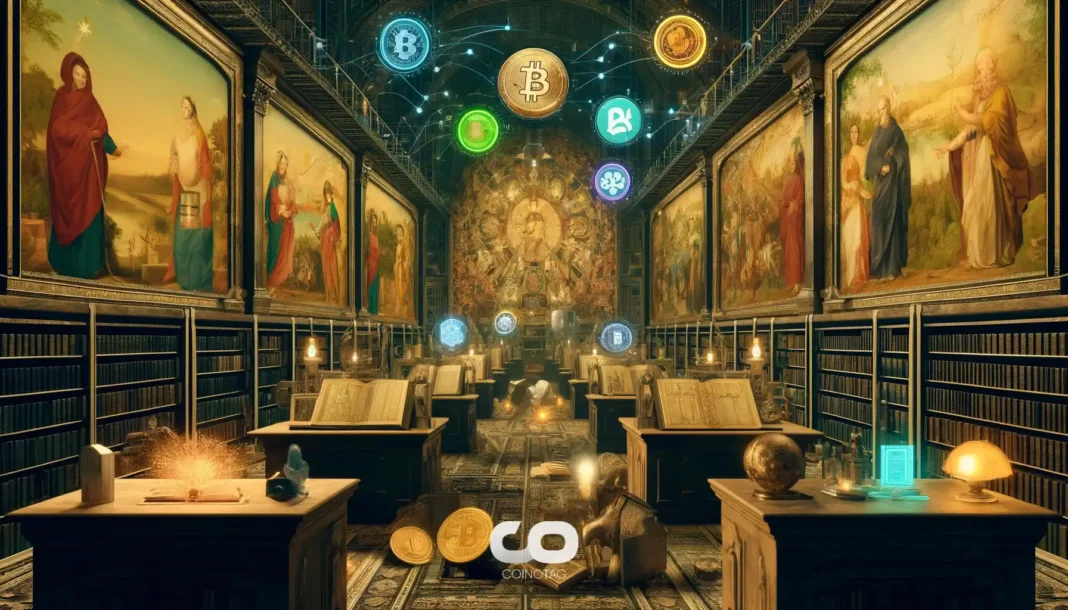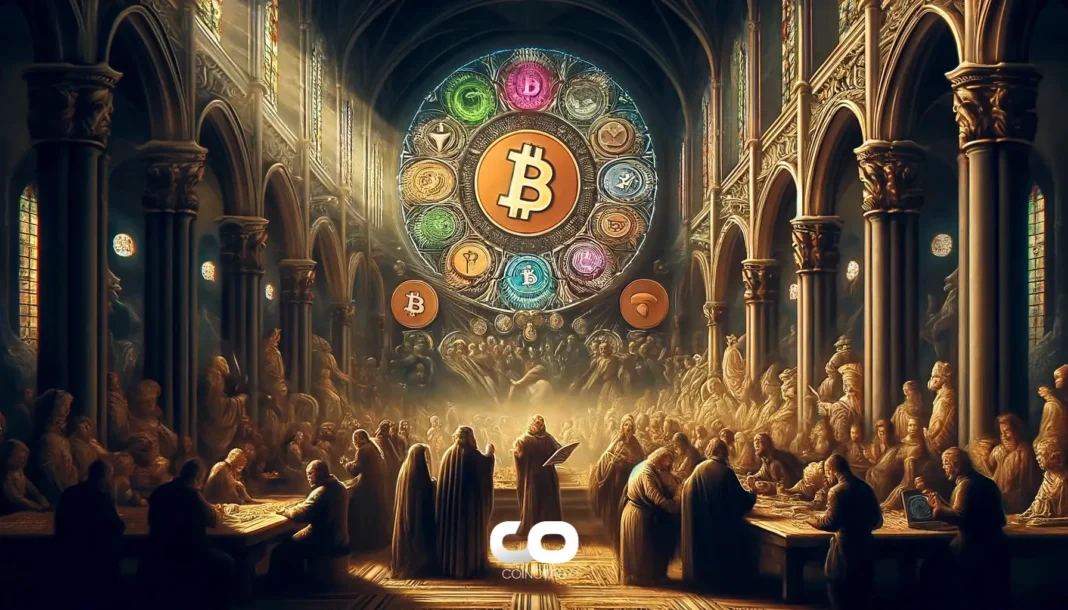-
The Ethereum network is gearing up for the Fusaka hard fork, a pivotal upgrade aimed at enhancing scalability and security, with its next devnet launch scheduled for Wednesday.
-
Following Fusaka, the Glamsterdam hard fork is set to introduce further protocol improvements, with feature confirmations expected by early August.
-
According to ethPandaOps, Fusaka will incorporate 11 Ethereum Improvement Proposals (EIPs), including EIP-7825, designed to bolster network resilience against malicious attacks.
Ethereum’s Fusaka hard fork targets enhanced scalability and security with 11 key EIPs, while Glamsterdam’s upgrades await confirmation in August.
Fusaka Hard Fork: Key Upgrades and Timeline for Ethereum’s Scalability
The upcoming Fusaka hard fork represents a significant step in Ethereum’s ongoing evolution to improve network efficiency and scalability. Slated for a tentative release in November, Fusaka follows closely after the Pectra upgrade, which introduced critical features like account abstraction and increased validator staking limits. The next devnet launch scheduled for Wednesday will provide developers and the community an opportunity to rigorously test the 11 included Ethereum Improvement Proposals (EIPs), ensuring robustness before the public testnets debut in late September and October.
Among the notable EIPs is EIP-7825, which aims to enhance the network’s defense mechanisms against malicious actors while simultaneously scaling transaction throughput. Additionally, Ethereum core developers have proposed raising the gas limit to 150 million, a move expected to alleviate network congestion and reduce transaction fees. However, to streamline the testing phase, EIP-7907—which would have doubled contract code size and introduced gas metering—has been deferred. The controversial EVM Object Format upgrade will also be excluded from Fusaka, as confirmed by core developer Tim Beiko.
Community Feedback and Developer Perspectives on Fusaka’s Deployment
Ethereum’s developer community remains cautiously optimistic about the Fusaka timeline. Nixo, a prominent protocol support member, emphasized the necessity of a “tight” schedule to meet the proposed launch window ahead of Devconnect, an important industry event in Buenos Aires scheduled for mid-November. The pressure to finalize client releases within the next six weeks underscores the urgency of thorough testing and coordination among Ethereum clients. This rigorous approach aims to minimize risks and ensure a smooth transition when Fusaka goes live on the mainnet.
Glamsterdam Hard Fork: Future Enhancements and Network Evolution
Following Fusaka, the Ethereum network will focus on the Glamsterdam hard fork, with feature upgrades expected to be confirmed on August 1 during the AllCoreDevs – Execution meeting. This subsequent upgrade is anticipated to introduce further optimizations, including a proposed reduction in block time from 12 seconds to 6 seconds, championed by core developer Barnabé Monnot. Such a change promises to enhance user experience and improve the efficiency of decentralized finance (DeFi) applications by accelerating transaction finality.
Moreover, Ethereum validators have shown strong support for increasing the gas limit to 45 million, a move that could significantly reduce transaction costs and improve overall network scalability. Ethereum co-founder Vitalik Buterin highlighted this consensus in a recent social media post, noting that nearly half of the staked tokens are in favor of this gas limit increase. These developments signal a continued commitment to iterative improvements that balance scalability with security and decentralization.
Strategic Importance of Timely Upgrades for Ethereum’s Competitive Edge
The accelerated upgrade cadence, with Fusaka following just six months after Pectra, reflects Ethereum’s strategic priority to maintain its leadership in the smart contract platform space. Frequent and well-coordinated upgrades are essential to address emerging challenges such as network congestion, high gas fees, and evolving security threats. By adopting a modular approach to protocol development, Ethereum can incrementally introduce enhancements while minimizing disruption to users and developers.
Community-driven initiatives like ethPandaOps play a crucial role in this ecosystem by providing transparent updates and facilitating collaboration among stakeholders. Their detailed tracking of EIPs and upgrade timelines helps ensure that the network’s evolution aligns with both developer capabilities and user expectations.
Conclusion
The Fusaka hard fork marks a critical milestone in Ethereum’s roadmap, focusing on scalability and security improvements through a carefully curated set of EIPs. With the next devnet launch imminent and public testnets scheduled for the coming months, the network is on track for a November mainnet deployment. Looking ahead, the Glamsterdam hard fork promises further enhancements that could redefine user experience and network performance. Ethereum’s commitment to timely, incremental upgrades underscores its resilience and adaptability in a rapidly evolving blockchain landscape.







